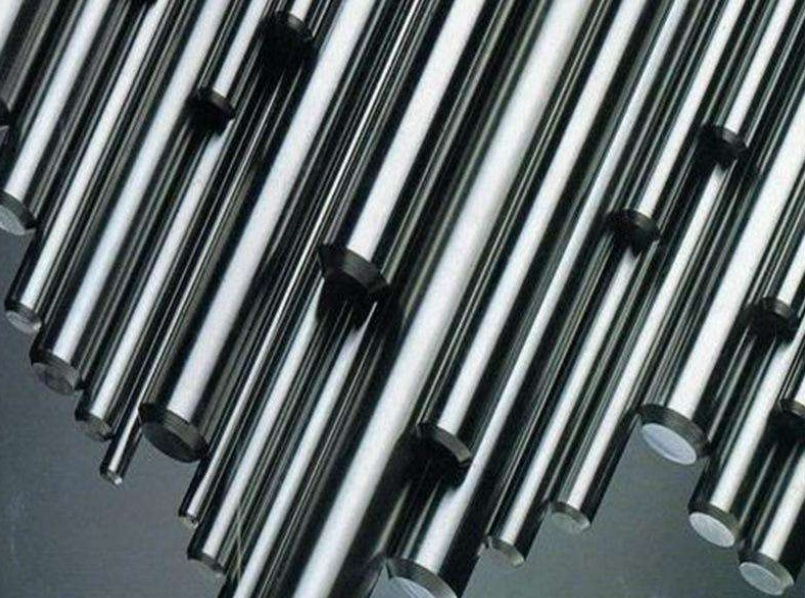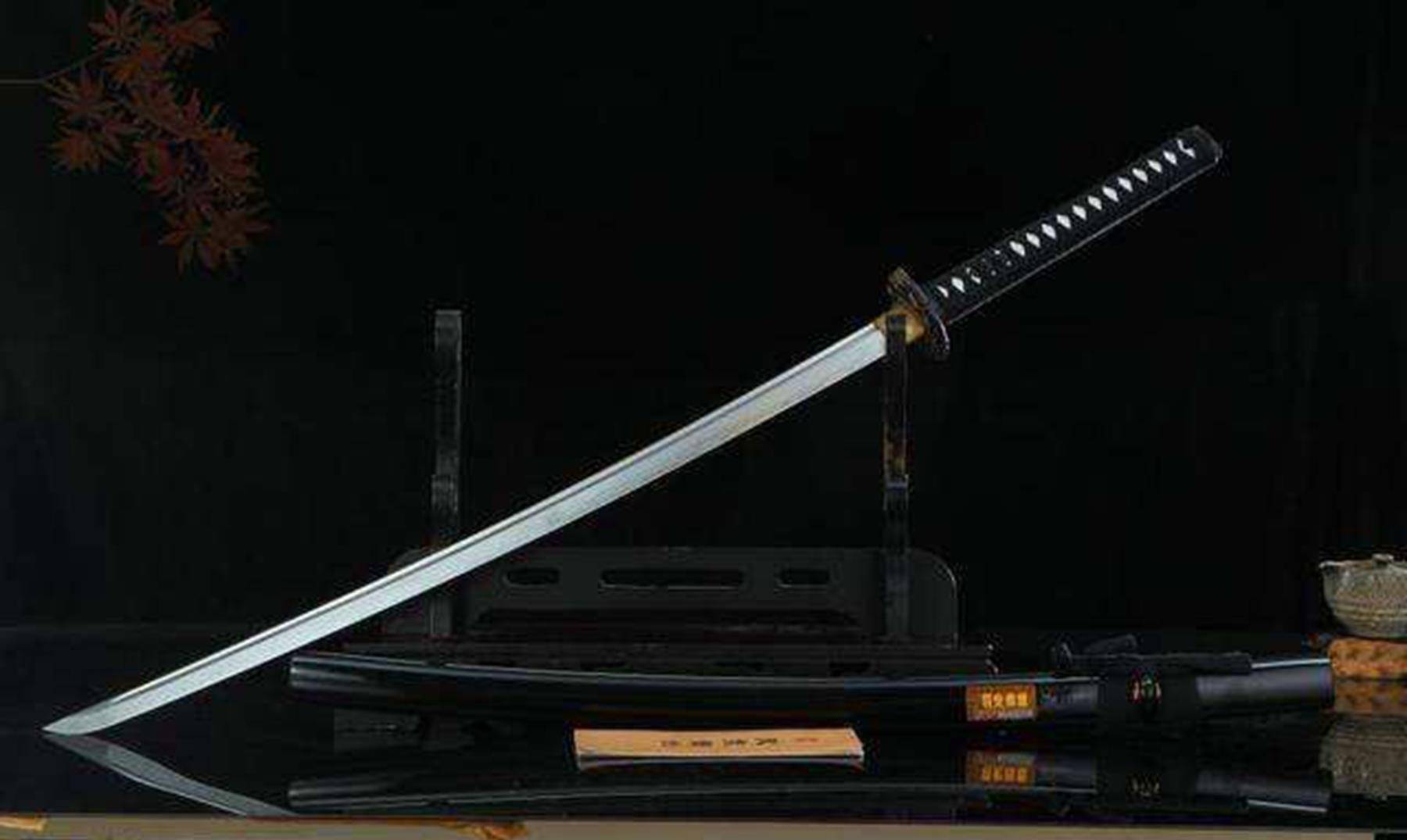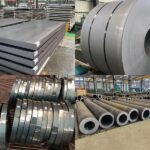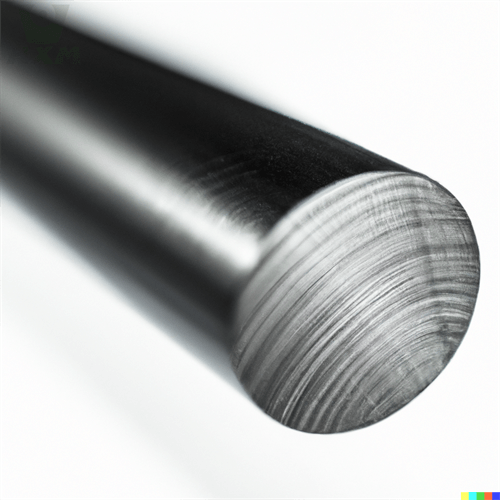Tool steel has high hardness and maintains high hardness and red hardness at high temperatures, as well as high wear resistance and appropriate toughness. In this article, let’s look at the definition, classification, and use of tool steel.

Definition of Tool Steel:
Tool steel is a high-carbon steel mainly used for manufacturing metal processing tools such as cutting tools, drill bits, tap cutters, saw blades, and so on. Compared with high-speed steel, tool steel has higher hardness and wear resistance, and is suitable for high-speed and heavy-duty cutting. In the field of metal processing, tool steel plays an irreplaceable role.
Classification of Tool Steel:
Tool steel can be classified into carbon tool steel and alloy tool steel based on its chemical composition. Carbon tool steel has a carbon content between 0.65% and 1.35%, and has high hardness and wear resistance, making it suitable for manufacturing simple tools and dies.
On the other hand, alloy tool steel is based on carbon tool steel and added other alloying elements such as chromium, tungsten, vanadium, etc., to improve the hardness and wear resistance of the material, making it suitable for manufacturing advanced cutting tools and dies.
Production Process of Tool Steel:
The production process of tool steel includes the steps of steelmaking, forging, annealing, quenching and tempering. In the steelmaking process, by controlling the chemical composition and smelting methods, a specific performance of molten steel is obtained. In the forging process, the molten steel is poured into a mold and formed to obtain a steel ingot with the desired shape.
The annealing process heats the steel ingot to a certain temperature and then slowly cools it to eliminate internal stress, and improve plasticity and toughness. Quenching heats the steel ingot above its critical temperature and then rapidly cools it to increase hardness and wear resistance. Tempering heats the quenched steel ingot again to a certain temperature to reduce internal stress, improve toughness, and obtain the desired physical and mechanical properties.
Use of Tool Steel:
- The use of tool steel in metal processing: Tool steel is widely used in the field of metal processing, including cutting tools, drills, taps, saw blades, etc. In terms of cutting tools, tool steel can be used to manufacture various cutting tools such as milling cutters, turning tools, and planing tools. In terms of drills, tool steel can be used to manufacture drilling drills and tapping drills. Taps are tools used to process threads, and tool steel can be used to manufacture the material for taps. Saw blades are tools used to cut materials, and tool steel can be used to manufacture the material for saw blades.
- In addition to the use of tool steel in the field of metal processing, tool steel can also be used to manufacture non-metallic processing tools such as molds and measuring tools. A mold is a tool used to shape materials, and tool steel can be used as a material for making molds. A measuring tool is a tool used to measure dimensions, and tool steel can be used as a material for making measuring tools.
Summary
In conclusion, tool steel is a high-carbon steel with high hardness and wear resistance, widely used in metal processing and non-metallic processing fields. Understanding the definition, classification, use, and production process of tool steel can help us better understand its characteristics and application scope.
Thank you for reading our article and we hope it can help you to have a better understanding of the definition, classification, and use of tool steel. If you want to learn more about tool steel, we advise you to visit Huaxia-Steel for more information. As a leading supplier of tool steel across the world, Huxia-Steel offers a wide range of high-quality products such as alloy steel, carbon steel, stainless steel wire, sheets, strips, and stainless steel plates for global markets.







